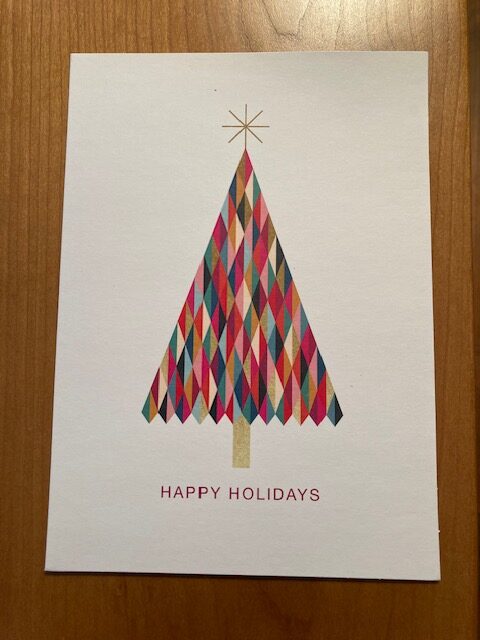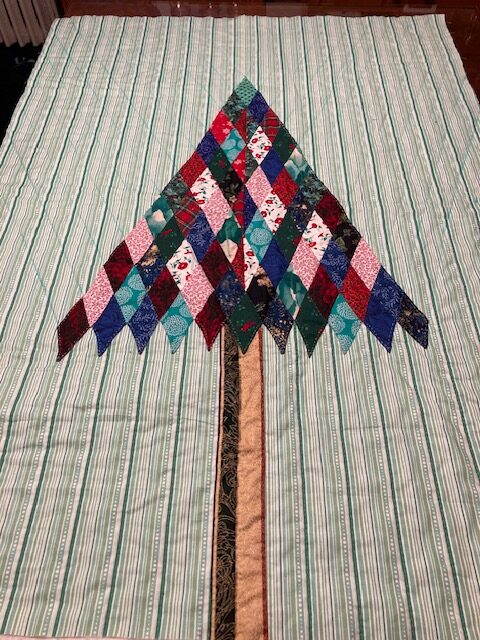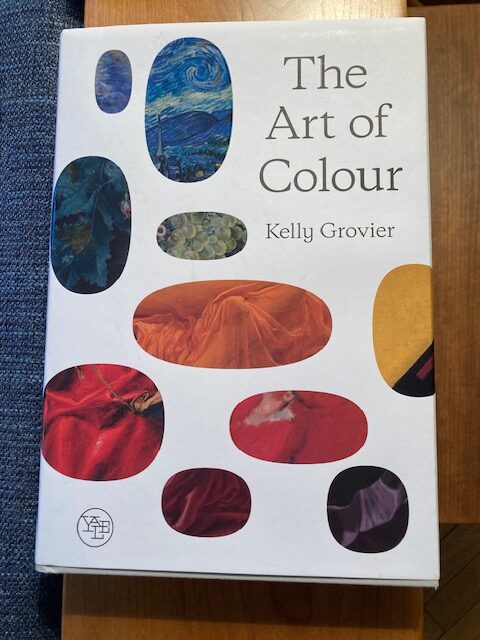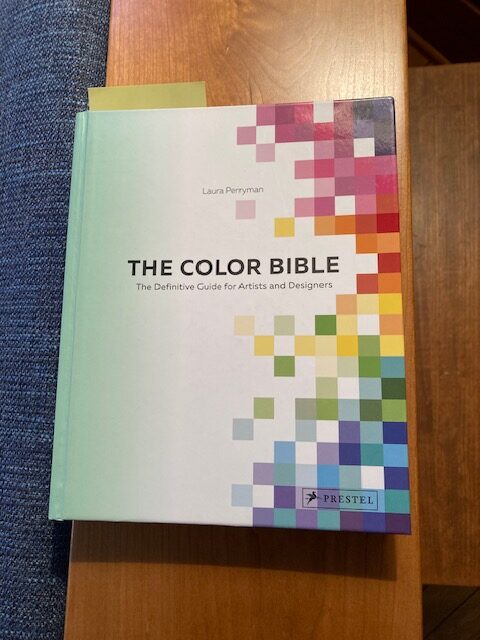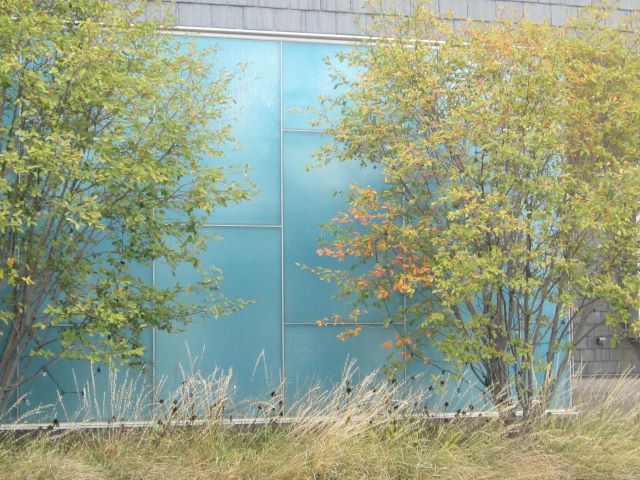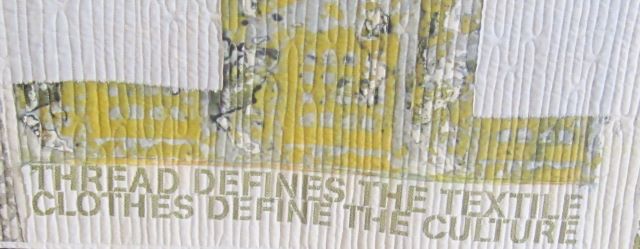
Since last summer, I have been reading about color at the same time I have been working on a new quilt. It is important for me, as a literary artist, to have something engaging that is mostly non-verbal. Gardening, quilting, knitting, cooking, and especially the instant gratification of photography offer resting places when I feel myself growing overly heady and wordy. Nonetheless, words inform my understanding of all of these other fields and help to sharpen my visual perceptions.
Last December, my friend, poet Barbara Geary Truan, introduced me to the work of painter, teacher, and color theorist Josef Albers. She had recently seen an exhibition of his work, a slice of his famous “Homage to the Square,” which challenges what the viewer knows about color with startling and subtle juxtapositions. Recently, she and I had a conversation that made us realize that we had both been pondering an idea from color theory–that colors aren’t stable, that they shift depending upon what other tones, hues, tints, colors to which they are adjacent–and applying it to language. Words, too, shift. Meanings shade and nuances, as well as connotations, bloom and change depending upon context.
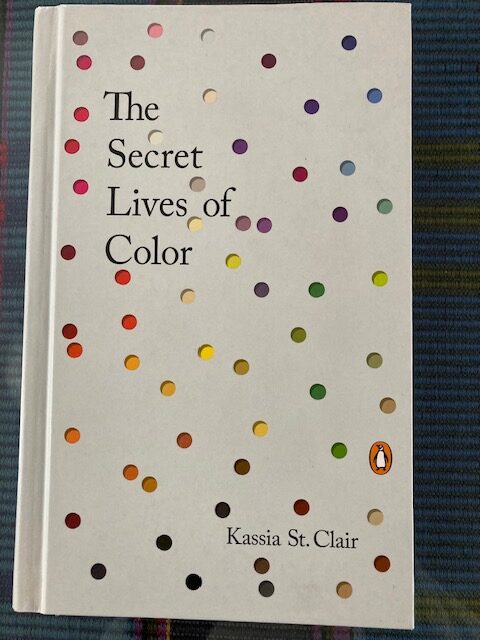
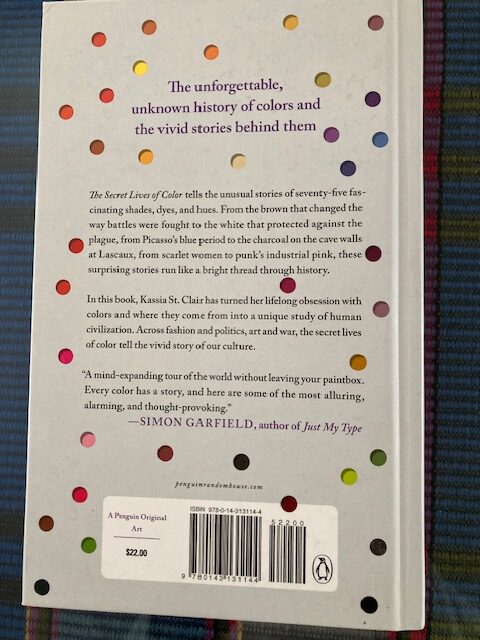
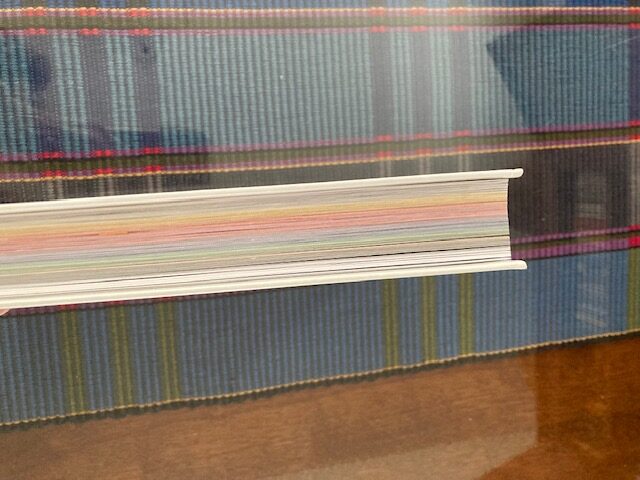
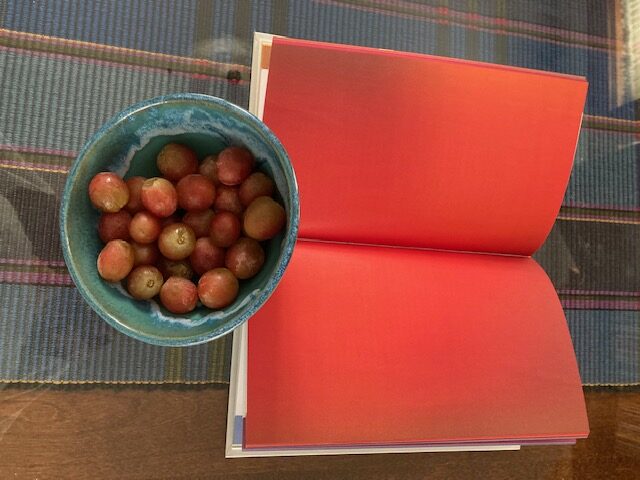
For me, the shuttling back and forth between visual beauty and verbal art weaves through the texture of my days, gives my life more depth and delight. I suspect that this is the same for you, too. (Add in scent and sound and motion and there is never a moment not to be engaged by the offerings of the world and the thoughts of how one might engage with life and art.) For me, this is the fountain head of Poetry-with-a-capital-P, not only the words arranged on the page in an individual poem to summon the inner and outer worlds, but everything that makes the kalidascopic page possible.
Enough words for today! Below are a few more images.
Wishing you all the joy of your senses today, and all the reverberations it brings to your thoughts,
LESLIE
